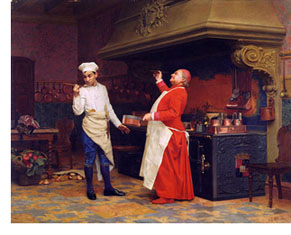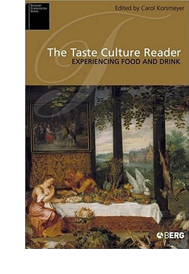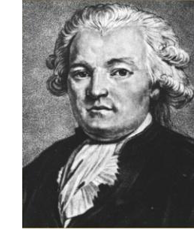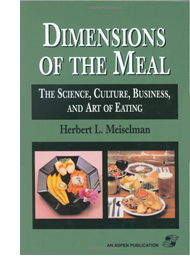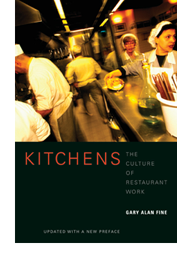Paper from Charles Spence, the authority on designing food and dining experiences in the International Journal of Gastronomy and Food Science 18 (2019).
Abstract
“The phenomenon of synaesthesia has undoubtedly proved a great inspiration to a number of artists, designers, and marketers for more than a century now. In fact, novelists, poets, composers, and painters, such as Nabokov, Baudelaire, Scriabin, and Kandinsky, all used synaesthetic correspondences to inform their world-famous artworks. By contrast, chefs, the best of whom are increasingly being considered as artists in their own right, rarely seem to reference the condition in their culinary creations. This situation is, though, slowly starting to change, as a small but growing number of innovative chefs take the surprising cross-sensory connections exemplified by synaesthesia, and the related phenomenon of crossmodal correspondences, as a source of culinary inspiration and aid to menu design. Illustrating this new approach, we summarize Synaesthesia, a multisensory dining concept that was presented to diners by Kitchen Theory in London in 2015.
The recipes for this multi-course tasting menu are provided and a number of the key experimental findings, based on the dishes that were served, discussed. The popularity of this culinary concept highlights the potential of the synaesthesia/crossmodal correspondences approach to stimulate both the chefs as well as the diners they serve. Synaesthesia constituted a delicious form of edible ‘edutainment’. According to press reports, many diners came away from this tasting menu with their curiosity having been stirred. The hope is that they also learnt something about how their senses function together in order to deliver the rich multisensory experiences of everyday life, no matter whether or not they themselves happened to be synaesthetic.” (Charles Spence and Jozef Youssef, 2019)

